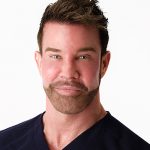
The studies are ongoing, and the potential is astounding to hair transplant surgeons and scientists alike. If you haven’t heard of PRP (platelet-rich plasma therapy) for hair loss or you’re not sure what this therapy involves, we’ll provide a little history and tell you where this rapidly advancing biotechnology is headed in the future. You might be surprised when you hear how natural this potent treatment is . . . you hold the solution.
PRP for Hair Loss Has Roots in an Unexpected Place
By now, thanks to social media and celebrity vampire facials, plenty of people have heard about platelet-rich plasma therapy for beauty. Not everyone is aware of its long-established and well-researched history in other areas of medicine.
Platelet-rich plasma therapy was developed in the 1970s. It was first used during cardiac surgery in the 1980s. In the 1990s, this healing accelerator was implemented for maxillofacial surgery healing protocol after reconstructive skin flaps were positioned. By the late 90s and early 2000s, orthopedic surgeons and sports medicine experts were harnessing the power of plasma and platelets to rapidly heal some well-known athletes from their injuries. The therapy quickly became a household name and sparked interest in a multitude of medical studies, which followed and measured its benefits.
We didn’t begin to see PRP widely used in cosmetic procedures until the early 2000s. Only recently have hair transplant surgeons started offering the treatment for post-hair transplant patients to improve the “take rates” of the hair and to accelerate healing. We’re discovering that PRP applied for hair loss delivers impressive, measurable growth and increased density. Given its track record of effectiveness, we have to say that we’re not surprised.
That’s not all. The science is evolving, and PRP extraction and preparation will now allow even more powerful, purified, and concentrated platelet growth factors to target follicles and stimulate hair restoration. Currently, 4 to 5 times the average amount of platelets can be targeted to treatment areas using a handheld centrifuge, which takes only a few minutes to prep. Specialized devices that concentrate plasma many times that amount are on the horizon and are soon coming to Canada. The future looks promising, and Dr. Cory Torgerson is pleased with how this therapy is already benefitting our clients.
Here’s how PRP for hair loss works:
The Toronto Hair Transplant Clinic (THTC) offers platelet-rich plasma therapy to help both surgical and non-surgical clients fight hair fall-out. Whether you suffer thinning due to age, medications, illness, or androgenic alopecia, platelet-rich plasma injections can help halt the progression of shedding or accelerate thicker hair growth.
The simple, in-office procedure can be carried out as a stand-alone treatment or in conjunction with a hair transplant surgery. We’ll draw a small sample of blood from the arm, prepare the plasma, and reinject all in one fast and comfortable appointment.
The secret to its method of action is found in the natural healing properties of your blood. In particular, your platelets are loaded with over 20 different growth factors that the body uses to signal cell repair and proliferation at the site of an injury. Your innate inflammatory response utilizes platelets to spark the formation of collagen, elastin, and fibroblasts and to promote tissue repair. Platelets also trigger angiogenesis to form tiny new blood vessels that facilitate the delivery of oxygen and nutrients to the follicles. In the same way that growth factors target damaged tissue at the site of a joint injury or surgically altered tissue, they identify cells that need to grow and start the process. What does this mean for your scalp? Improved blood circulation, hydration, collagen, and healthy follicles fueling healthy hair growth.
There are some things PRP can’t do
PRP for hair loss is rapidly gaining traction in the hair restoration industry, but it’s not a cure-all solution and not right for everyone. Unfortunately, platelet-rich plasma can’t regrow hair where there are no living follicles. It shows promise to heal and increase the function of follicles but can’t yet reverse baldness.
So why are we so excited about this treatment at the THTC? Because it’s safe for just about anyone, surgery-free, drug-free, quick, easy, and not painful. The results may be subtle and built over time, but the benefit of using a 100% natural product derived from your own body makes this highly desirable.
What could be better than harnessing the rejuvenating power of your own plasma to stimulate healthy, thicker, and longer hair? Ideal for men or women and patients of all ages, it’s versatile and is fast becoming a patient favourite.
Hair Restoration Alternatives – Platelet Rich Plasma Treatment
If you’re looking for hair restoration surgery alternatives or a way to boost your procedure results, PRP for hair loss is worth getting excited about. We invite you to book a consultation so you can decide whether it’s right for you.





